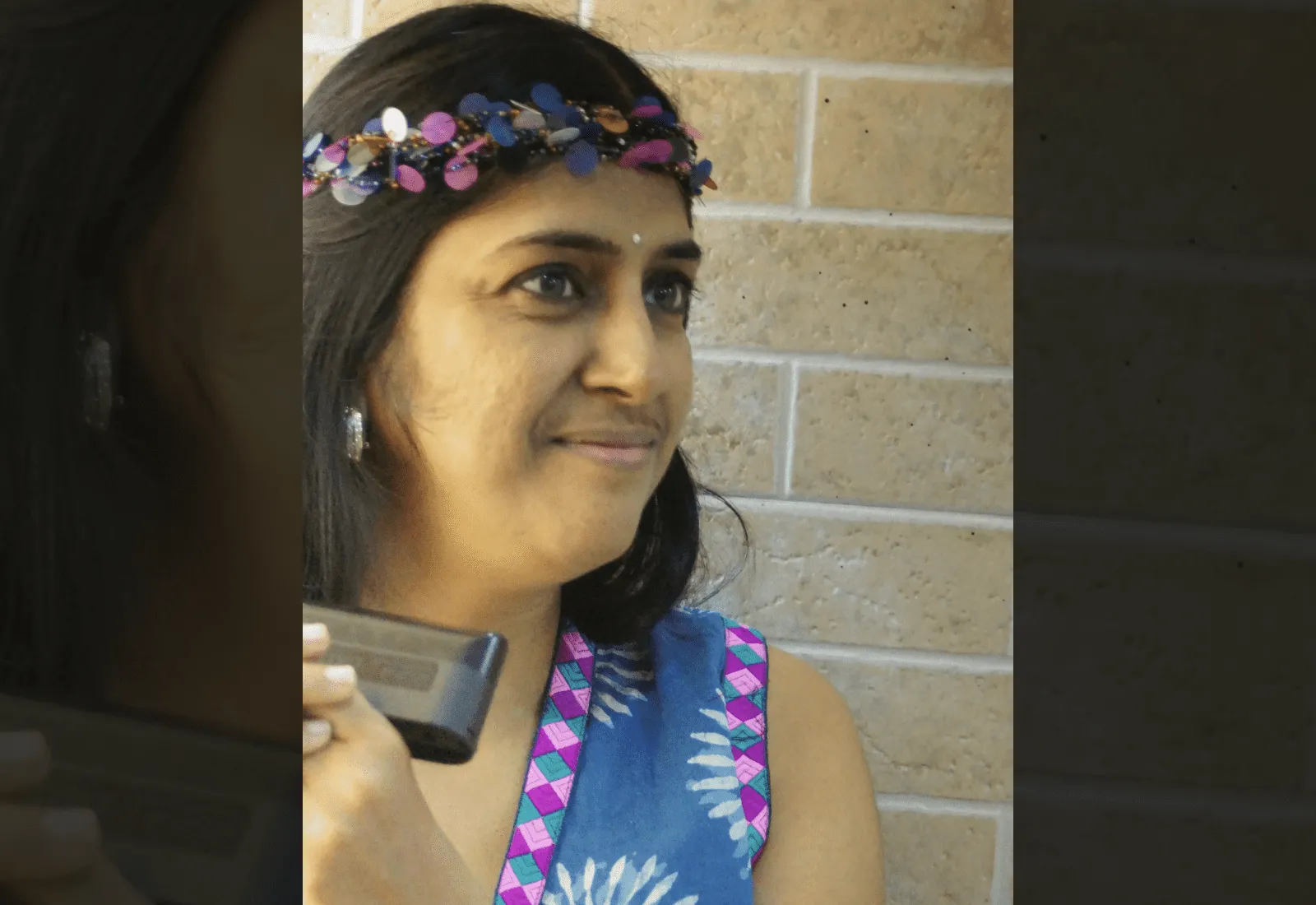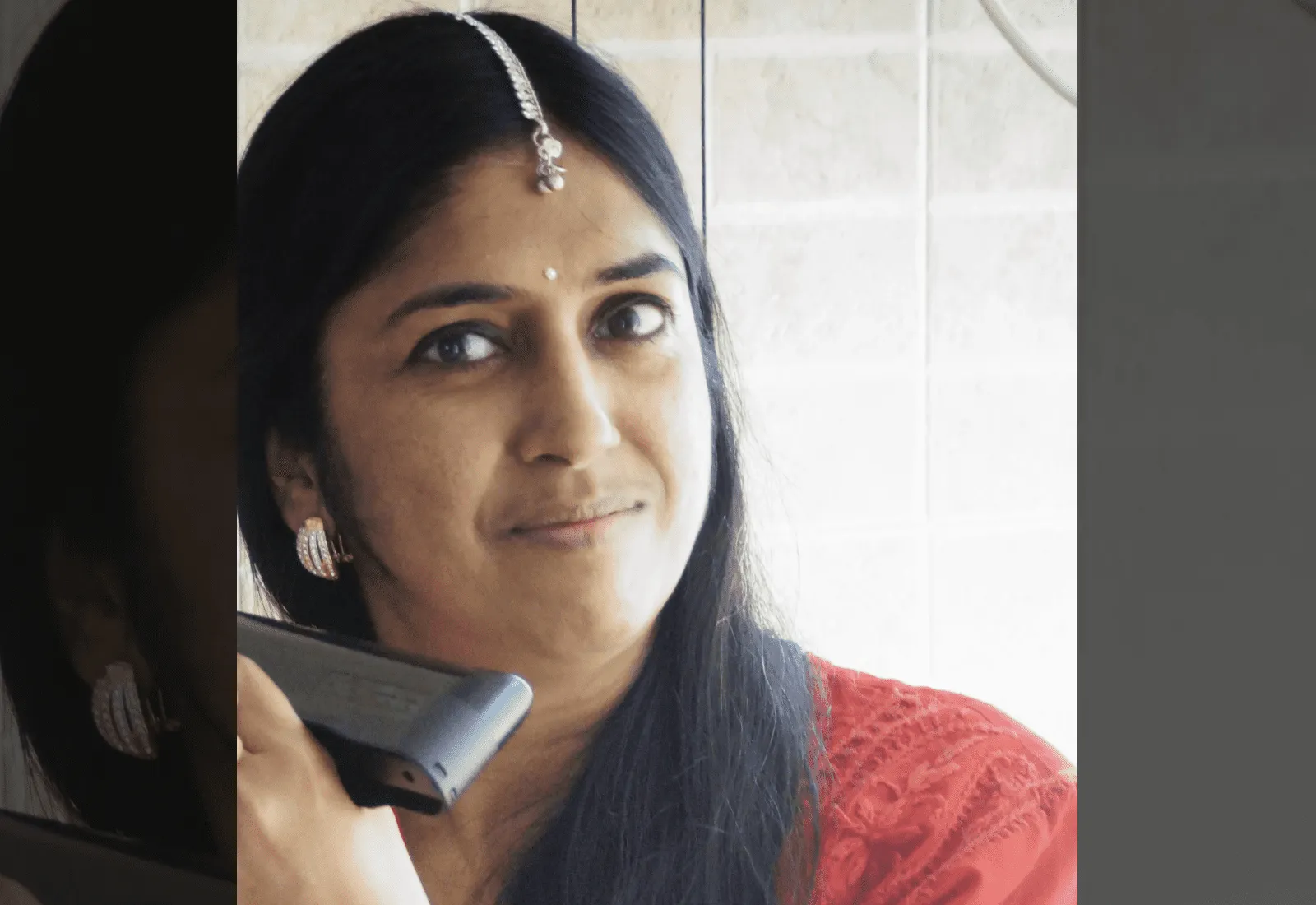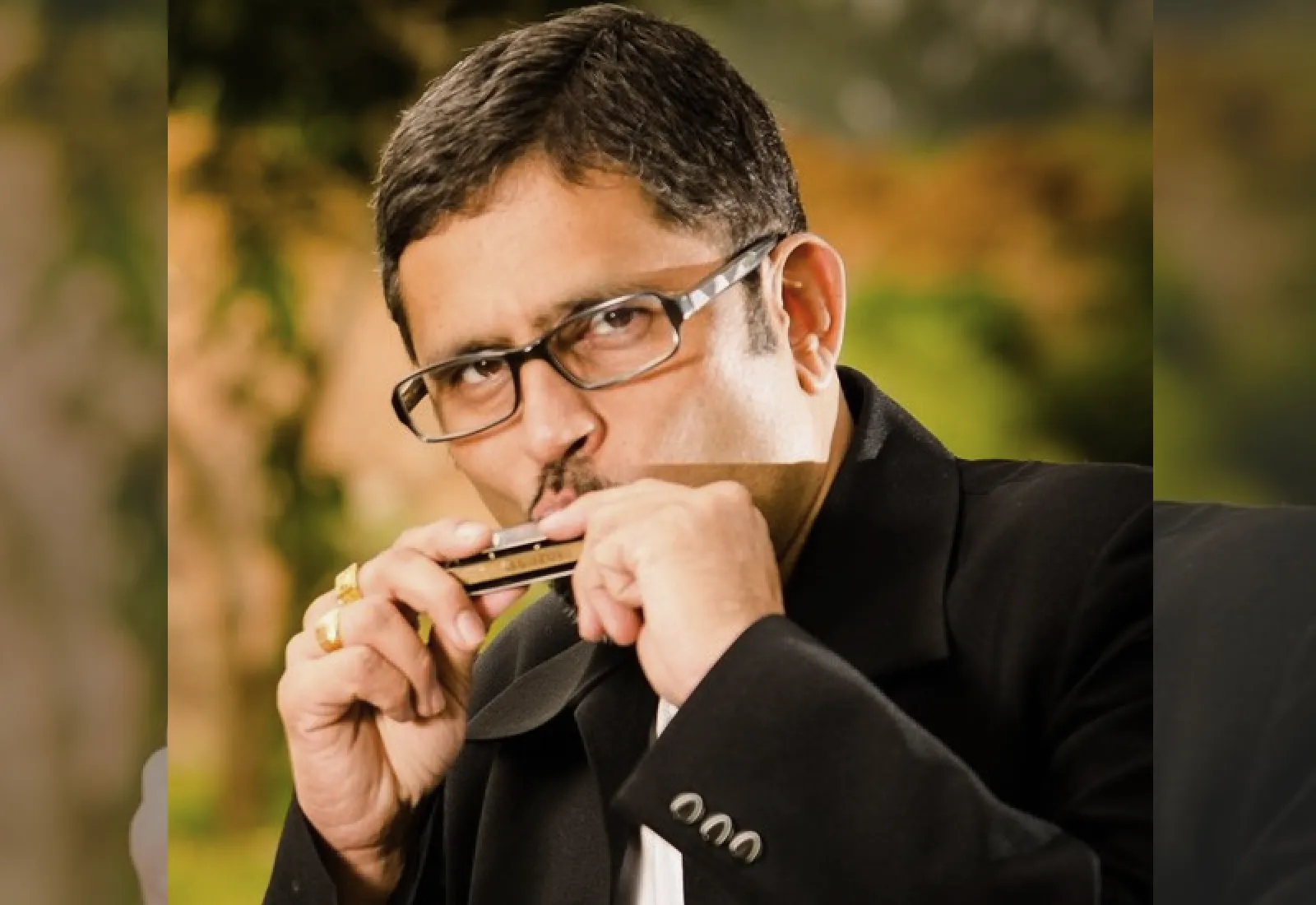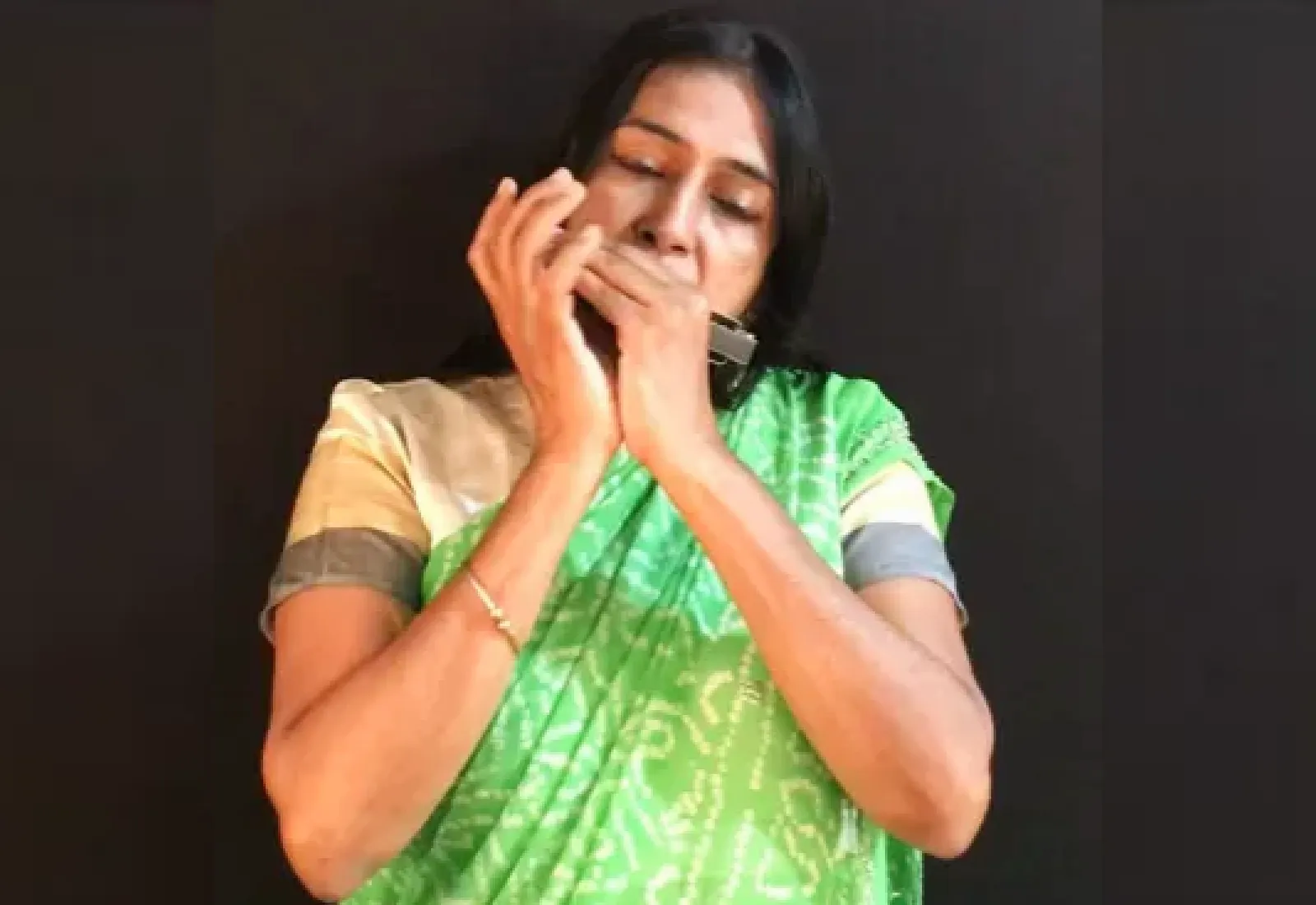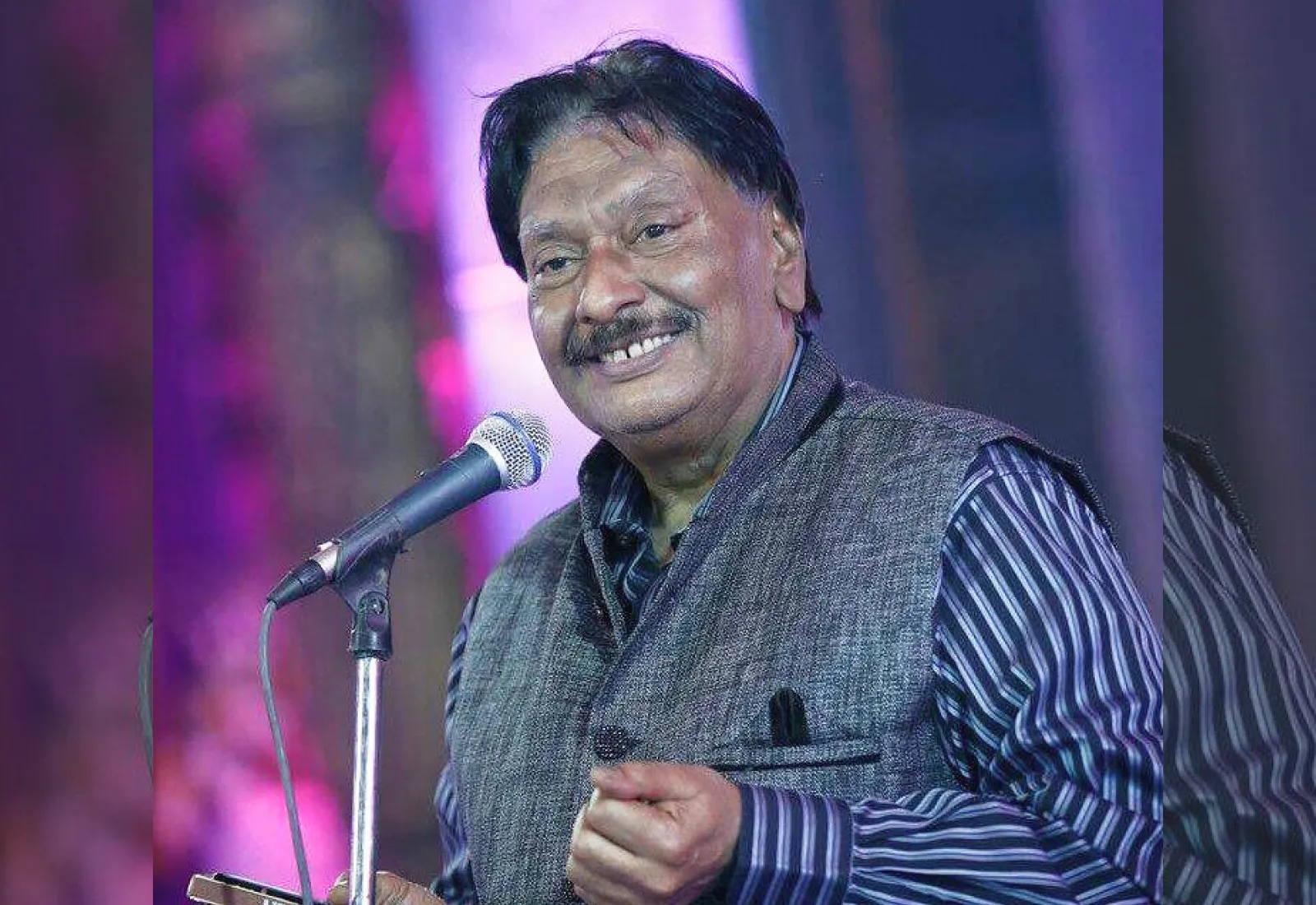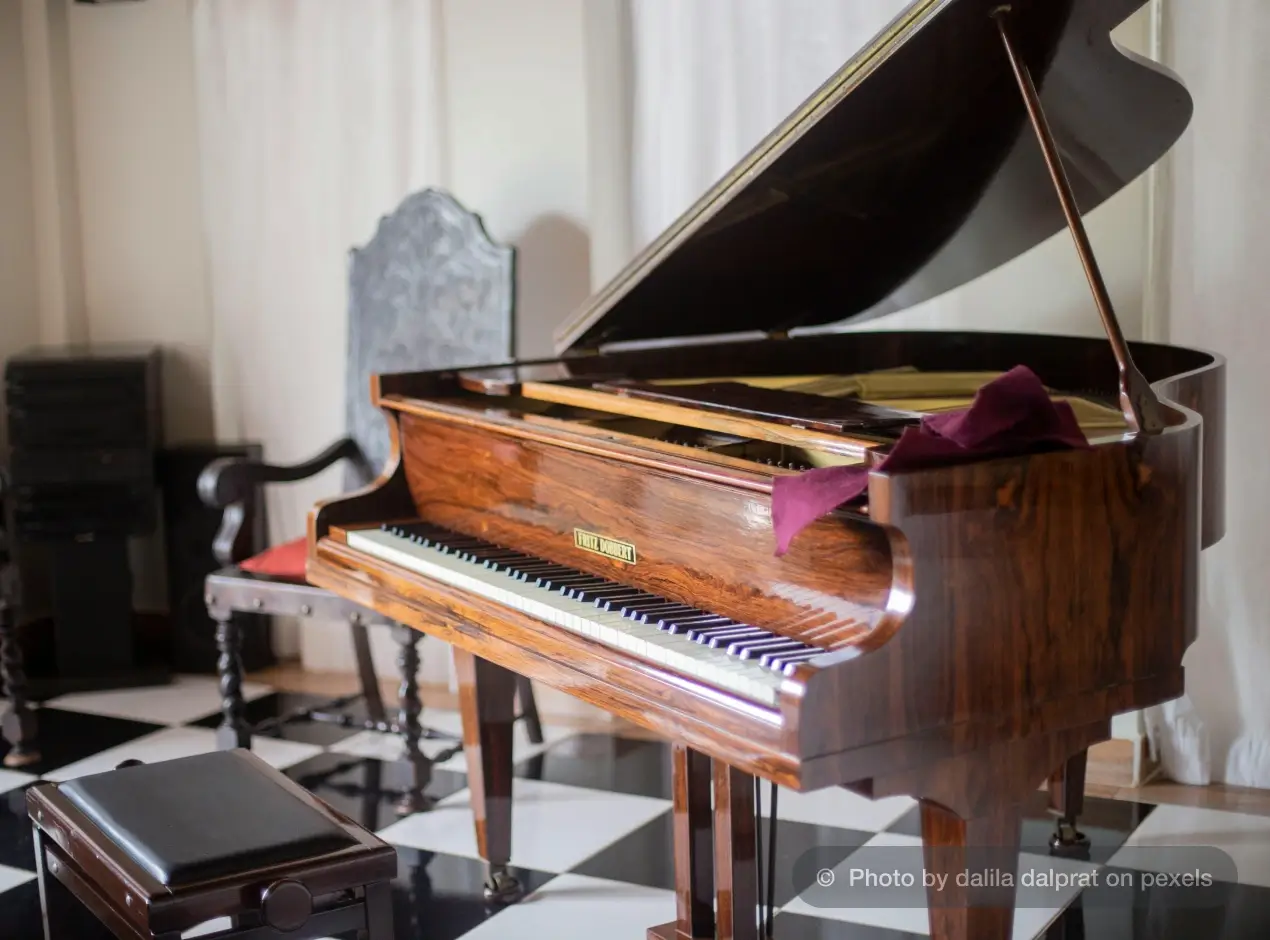Harmonica Overview
Harmonica is a free reed wind instrument. It is also known as the mouth organ and French harp. It is one of the smallest musical instruments and is often considered the easiest to learn when compared to other wind instruments.
It is a compact and portable instrument that fits inside the pocket easily. This makes it very popular among street performers, and traveling musicians. Besides that, it is also affordable.
Its versatility makes it one of the favorites among musicians of diverse musical genres including Blues, Jazz, Rock, Folk, and Country. There are some of the most marvellous Harmonica pieces used for films. Hence, no matter how small it is, its rich tone and innate musicality strongly impact the masses and classes alike.
History and Evolution
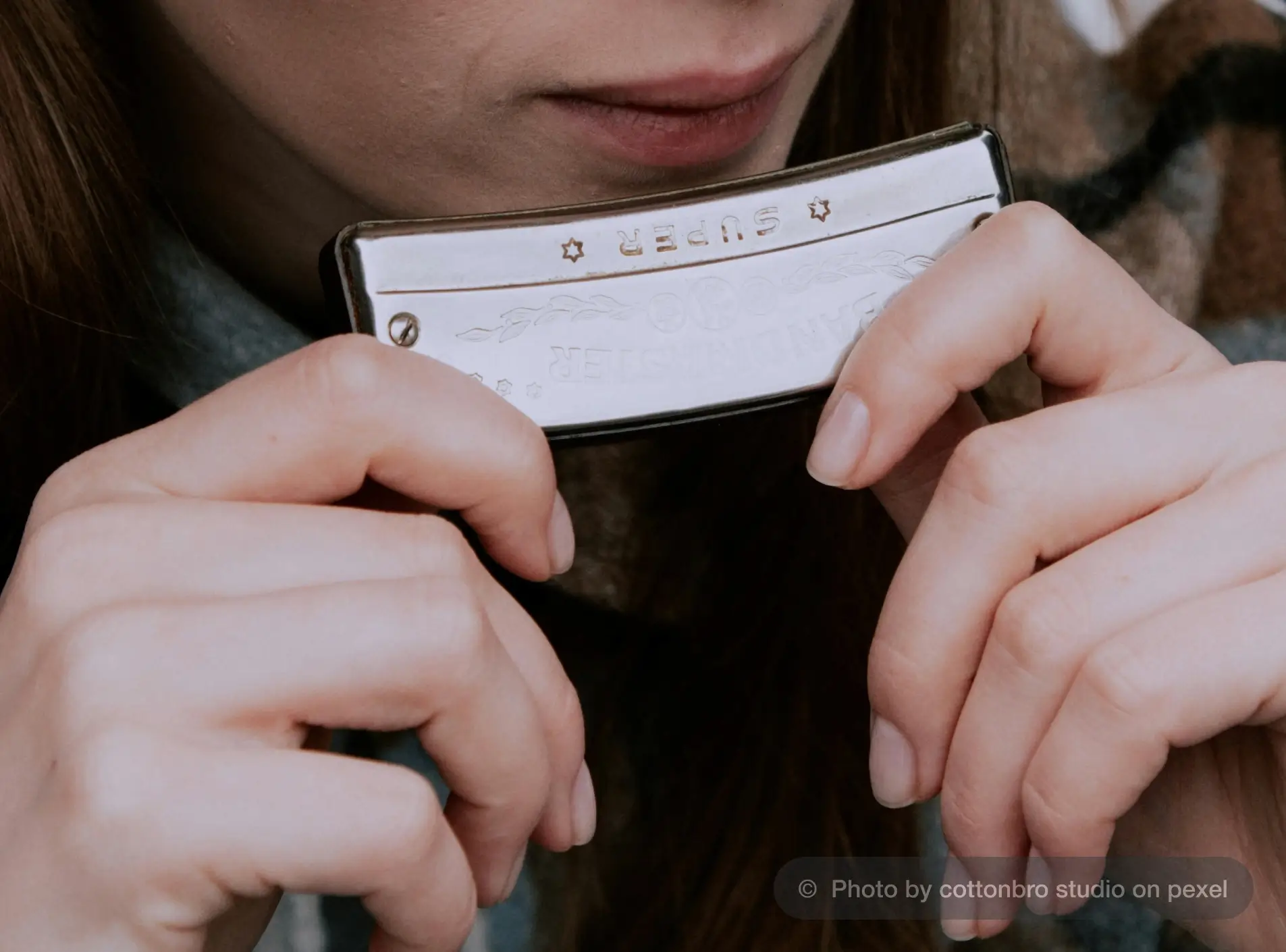
The earliest remembrance of a musical instrument that has the same mechanism as the harmonica is the Chinese sheng. By the look of it, it was far from being the benign and compact harmonica that we know it today.
The sheng consists of a series of bamboo or metal pipes of varying lengths, each with a free reed (a thin piece of metal) attached at one end. These pipes are mounted on a base, and the instrument is played by blowing air into the pipes.
The player holds the instrument in front of them, with the pipes pointing upward, and blows air into it through a mouthpiece. As the player blows air into the pipes, the free reeds attached to each pipe vibrate rapidly. The reeds vibrate when the air pressure on one side of the reed becomes lower, causing the reed to flex back and forth.
Entering Europe
The sheng made its way to Europe in the late 18th century through cultural exchanges and trade routes. The instrument makers started experimenting by using metal reeds instead of wooden reeds.
A European named Ritcher invented an instrument in around 1825. It had 10 holes, two reed plates, and 10 metal reeds in each reed plate. It meant that one reed played when the air was blown inside the hole and the other reed played when the air was pulled out. This instrument went on to become the modern harmonica.
It gained popularity in the late 19th and early 20th centuries with the contributions of Matthias Hohner, a German clockmaker. Hohner improved upon earlier designs and introduced the diatonic harmonica in 1896, known as the "Marine Band.
The Marine Band harmonica has played a significant role in shaping the sound of various music genres, particularly blues and folk. It is one of the oldest and most recognizable harmonica models in the world, with a design that has stood the test of time.
Traveling to the USA
Harmonica traveled further westwards to the USA through cultural exchange and migration. There it was picked up by the Blues musicians for its expressive tonal qualities and versatility.
Legends like Sonny Boy Williamson, Little Walter, and Big Walter Horton played a crucial role in popularizing the harmonica in the blues genre. Their innovative playing techniques and emotive styles showcased the instrument's potential.
Gradually, harmonica made its way to other musical genres such as folk, country, rock, and jazz as well. Musicians like Bob Dylan, Neil Young, and John Popper (Blues Traveler) brought the harmonica into mainstream popular music, further solidifying its place in Western musical culture.
In India
The harmonica found its way into Indian film music, particularly during the mid-20th century. Composers and music directors began incorporating the harmonica into film scores, contributing to its popularity.
Musicians, both amateur and professional, embraced the instrument for its expressive qualities and ability to convey emotion.
The harmonica's popularity in Western music genres, including blues and jazz, influenced Indian musicians who sought to explore and incorporate new sounds into their music.
The ease of learning harmonica made it a favorite among one and all. As a result, it found a space in social gatherings, get-togethers, and outings with family and friends.
Types of Harmonica
Harmonicas come in various types, each designed for specific playing styles and musical genres. The two primary categories of harmonicas are diatonic and chromatic, but there are also other specialized types. Here's an overview of the main types of harmonicas:
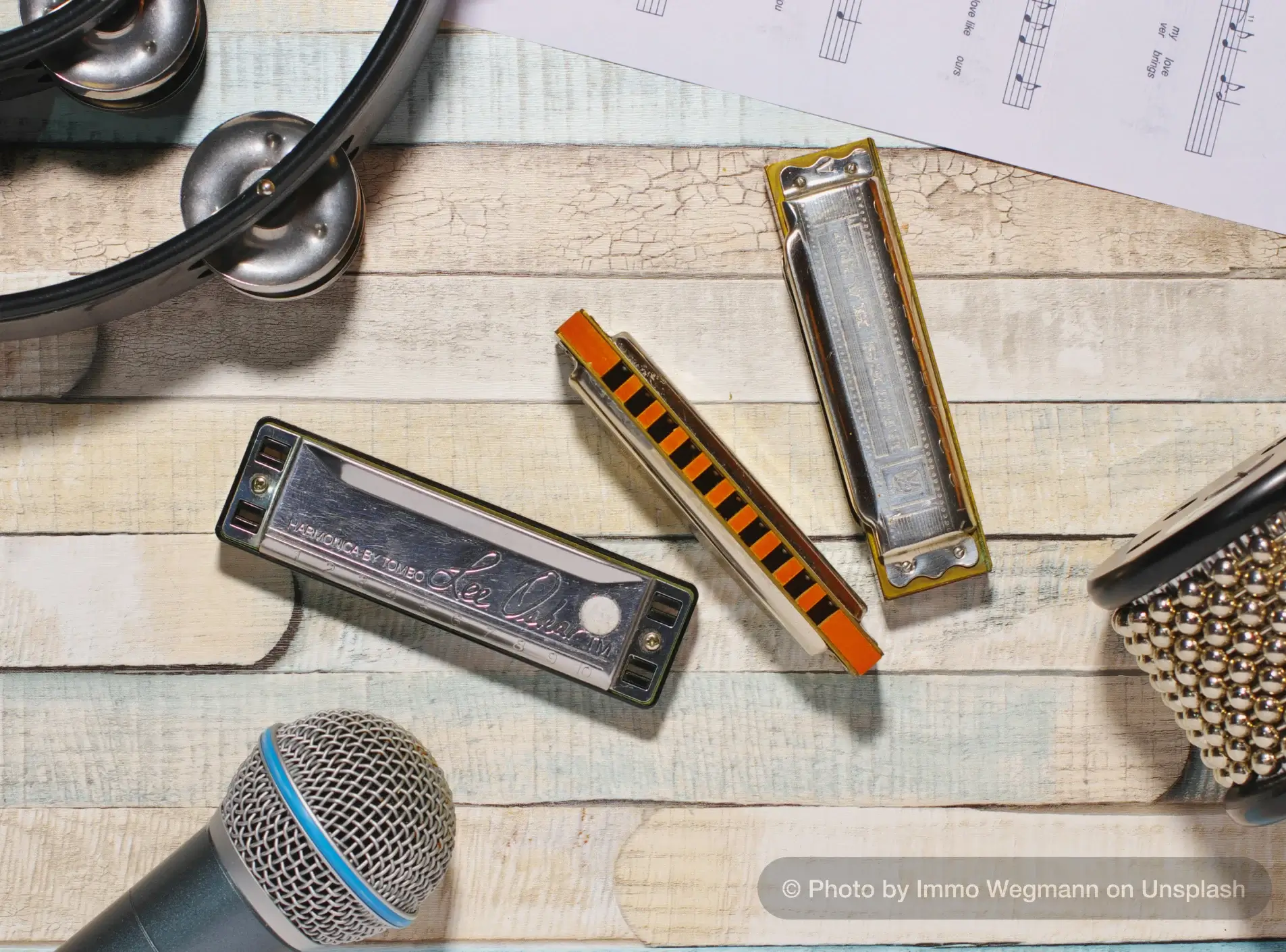
Diatonic Harmonica
The diatonic harmonica is the most common type and a favorite among musicians of popular Western music genres - blues, folk, country, and rock music.
Diatonic harmonicas have a basic layout with ten holes, each producing different notes when blown or drawn. They are suitable for playing melodies in a single key and are commonly used for harmonica bending and expressive playing.
Chromatic Harmonica
The chromatic harmonica is designed to play all the notes in the chromatic scale, allowing the player to play in any key. It features a button on the side that, when pressed, redirects the airflow through a set of reeds with a different pitch. Chromatic harmonicas are often used in jazz, classical, and more complex musical compositions.
Tremolo Harmonica
Tremolo harmonicas have two reeds per hole, producing a vibrato or tremolo effect. The paired reeds are slightly out of tune with each other, creating a distinctive warbling sound. Tremolo harmonicas are often used in folk and traditional music.
Octave Harmonica
Octave harmonicas have two reeds for each hole, but instead of being tuned slightly out of tune like in tremolo harmonicas, they are tuned an octave apart. This design creates a richer and more pronounced sound. Octave harmonicas are used in various genres, including blues and country.
Orchestral Harmonica
Orchestral harmonicas, also known as chord harmonicas, produce a chord when a button is pressed, allowing the player to play chords along with melodies. These harmonicas are commonly used in ensemble playing and are popular in orchestral and traditional music.
Parts of a Harmonica
A harmonica is a relatively simple musical instrument, but it consists of several essential parts that work together to produce sound. Here are the main parts of a diatonic harmonica, which is the most common type:
Comb
The comb is like the spinal chord of the harmonica. It supports the entire structure of the harmonica by providing a platform for mounting other components.
The reed plates are placed on either side of it. The air openings or channels on the comb allow direct airflow to both the reed plates when air is blown in and drawn out of the harmonica.
Traditionally, the materials used for this include wood, plastic, or metal. These materials contribute to its tone, resonance, and durability.
It is significant for the harmonica player to learn about the mechanism of the comb and also select the material keeping in mind its influence on the overall performance and durability of the instrument.
Reed Plates
The reed plates are metal plates mounted on either side of the comb. They are made of metals such as brass and bronze. Each reed plate has several reeds, which are thin, flexible pieces of metal.
When the air flows in and out through the comb, it makes the reed vibrate and thus, produce sound. One reed vibrates when the player exhales (blows), and the other vibrates when the player inhales (draws).
Reeds
Reeds are thin pieces of metal (usually brass or bronze) anchored at one end to the reed plate. When air flows over the reeds, they vibrate, producing sound.
The reeds' length, thickness, and tension determine the pitch of the notes they produce.
Cover Plates
The purpose of the cover plates is to protect the reeds from getting damaged. They cover the reed plates from the top and the bottom.
The cover plates contribute to the overall look and finish of the harmonica. Mostly metals such as stainless steel, nickel-plated, gold-plated, or chrome-plated brass, and aluminum,
Holes
There are openings or holes across the length of the comb for the air to pass through the reeds when the harmonica players play the instrument.
The harmonica typically has multiple holes (usually 10) arranged along the length of the comb. Each hole corresponds to a specific note or set of notes, and air is directed over the reeds associated with each hole to produce those notes.
Mouthpiece
The mouthpiece is the part of the harmonica that the player places their mouth on. It is usually located at one end of the harmonica, and players manipulate their lips and tongue to control the airflow over the reeds.
Famous Harmonica Players
Stevie Wonder
One of the most influential musicians and singers of Western music, Stevie learned to play harmonica from a very young age. Harmonica has been a significant part of his musical identity. Two of his most memorable songs where he plays harmonica are - ‘I was made to love her’, and ‘Finger tips’.
John Sebastian
The lead singer and founder of the band - The Lovin’ Spoonful, John Sebastian played harmonica in many of his songs. Sebastian kept innovating with the harmonica playing techniques by including melodic lines and phrases that enhanced the expressiveness of the instrument.
Dilip Patil
Dilip Patil has been a seasoned performer for more than three decades. He has dedicated his life to the mission of spreading this skill of playing harmonica far and wide. He has taught students from all over India and the world for the past 12 years.
Little Walter
Little Walter, born Marion Walter Jacobs on May 1, 1930, was an influential American blues harmonica player, singer, and songwriter. He played a crucial role in shaping the sound of electric blues harmonica and became one of the most celebrated and influential musicians in the genre.
Chandrashekhar Khare
A veteran of this musical tradition, Chandrashekhar Khare has been associated with the practice of harmonica for more than 40 years now. He has taught students from all across India and the world for over 10 years.
John Popper
John Popper is an American musician best known as the lead singer and harmonica player for the blues rock band - Blues Traveler. His ability to play intricate runs, rapid-fire phrases, and expressive solos on the harmonica has set him apart from many other musicians.
Ashok Bhandari
Ashok Bhandari is a child prodigy who started learning at a very tender age and even began to gather accolades from eight years of age. He is known for his ability to play the most intricate and complex melodies flawlessly on Harmonica. He is also an excellent teacher who teaches the true enthusiasts of harmonica from all across the world.
Nita Das
Nita Das is a young and talented practitioner and teacher of chromatic harmonica. She has been in this domain for over 13. She has learned from Ashok Bhandari and teaches students through online and offline classes.


